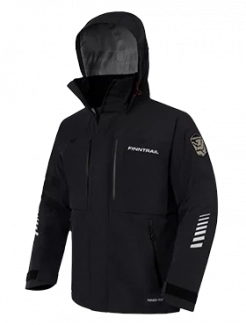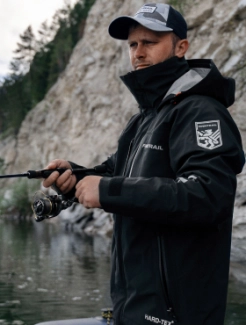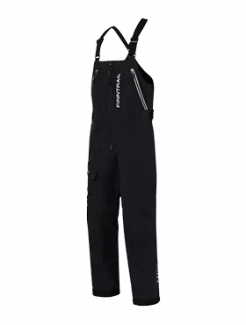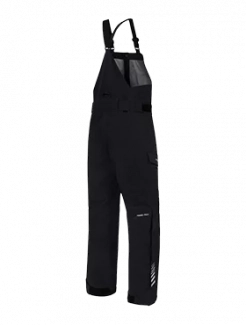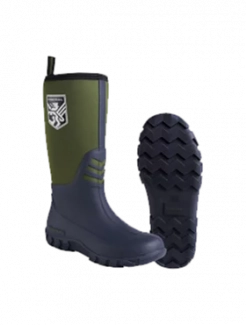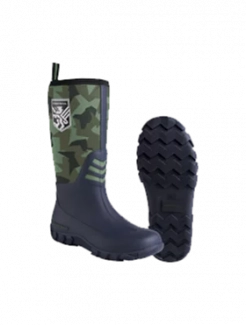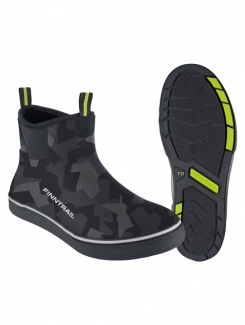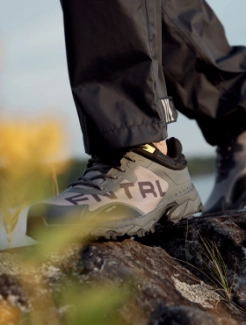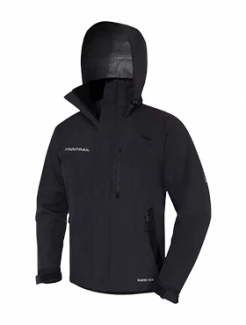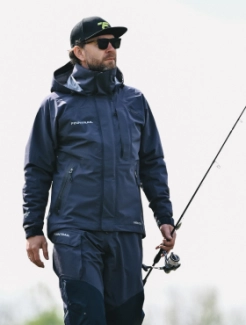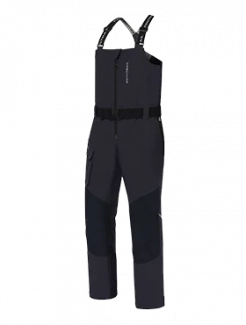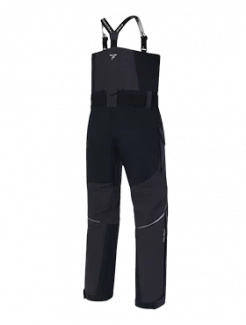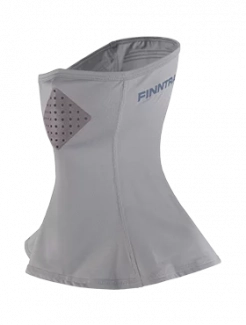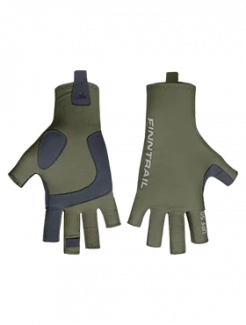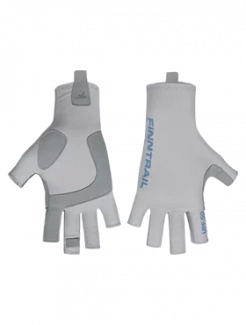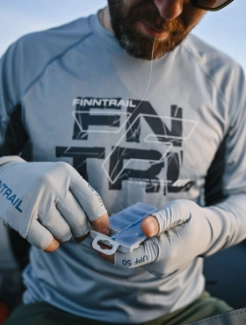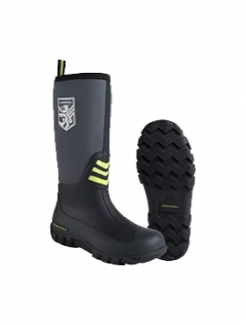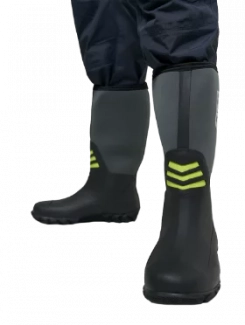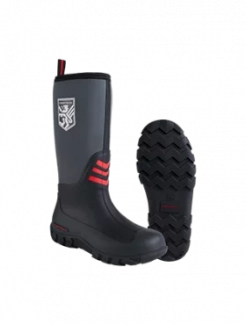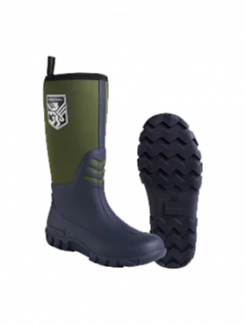Best Ways to Keep Fish Fresh While Boating
Few things compare to the thrill of a successful day on the water. But once the excitement of the catch fades, one challenge remains: how to keep fish fresh on a boat until you’re ready to head home. Poor handling can quickly spoil the flavor and texture of your hard-earned catch, leaving it unfit for the table. Fortunately, there are simple methods every angler can use to keep fish fresh after catching them, even on long days out in the sun.
This guide covers the best way to keep fish fresh after catching them, tips for fishing on kayaks and small boats, and even solutions for keeping caught fish fresh without ice or freezing.
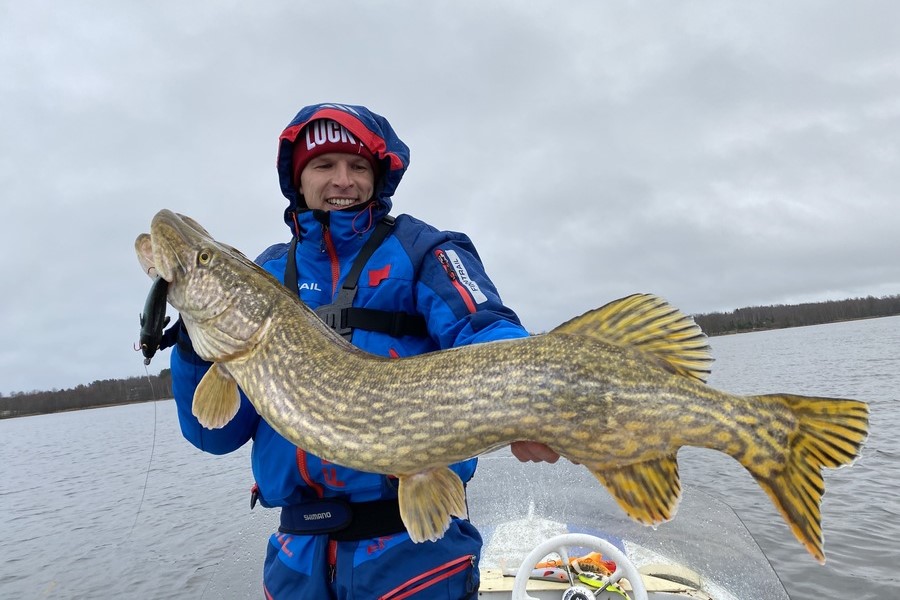
Why Freshness Matters
Fish begin to deteriorate the moment they leave the water. Heat, bacteria, and poor storage accelerate spoilage, and once the process begins, there’s no way to reverse it. Learning the best practices for keeping caught fish fresh ensures:
-
Better taste and texture – firm, mild-tasting meat instead of mushy or sour flesh.
-
Food safety – proper storage reduces harmful bacterial growth.
-
Less waste – every catch can be enjoyed instead of discarded.
The Best Way to Keep Fish Fresh After Catching
The most reliable way to keep fish fresh after catching them is to cool them quickly and keep them cold. Lowering the fish’s body temperature as soon as possible slows bacterial growth and preserves flavor. Here are the most effective methods:
1. Use a Cooler with Ice
A sturdy cooler packed with plenty of ice is the go-to choice for most anglers.
-
Preparation: bring more ice than you think you’ll need. A good rule of thumb is two pounds of ice per pound of fish.
-
Storage: place fish in sealed bags or wrap them in cloth to avoid direct contact with meltwater, which can damage texture.
-
Maintenance: drain excess water throughout the day and top off ice when possible.
This method works for nearly every fishing trip, from large boats to small skiffs.
2. Try an Ice Slurry
For even faster chilling, many seasoned anglers recommend using an ice slurry—a mix of crushed ice and a small amount of seawater.
-
Why it works: the cold brine surrounds the fish, cooling it evenly and more efficiently than ice alone.
-
How to make it: fill a bucket or cooler with crushed ice, then add just enough seawater to form a slushy consistency.
-
Best use: offshore trips where fish need to stay fresh for many hours.
3. Bleed and Gut the Fish
If you want to maximize freshness, bleeding the fish is key.
-
Step 1: cut the gills or make a small incision near the tail to release blood.
-
Step 2: gut the fish promptly, removing the organs that spoil fastest.
-
Step 3: pack the cleaned cavity with ice or place it in a slurry.
Not only does this extend shelf life, but it also improves flavor by removing blood that can give meat a strong or fishy taste.
4. Keep Fish Alive Until You’re Ready
On larger boats, a livewell keeps fish swimming in aerated water until you’re done for the day. For kayak anglers or small-boat fishermen, a stringer is a practical alternative, letting fish remain alive in the water beside your vessel.
-
Advantages: ultimate freshness until harvest.
-
Limitations: not always practical for long trips, and predators may be attracted to struggling fish.
How to Keep Caught Fish Fresh Without Ice
Sometimes, carrying large amounts of ice isn’t possible—especially if you’re on a kayak or lightweight boat. In these situations, there are still ways to extend freshness:
-
Keep fish alive longer – using a stringer or collapsible livewell can preserve fish until you’re ready to head home.
-
Store in a wet burlap sack or damp towel – cover fish and keep the sack moist to slow warming. Place it in shade whenever possible.
-
Bleed and gut quickly – removing blood and organs slows spoilage even without cooling.
-
Limit sun exposure – direct sunlight is the fastest way to ruin a catch. Always cover fish or keep them shaded.
While these methods work in a pinch, they’re not as effective as ice. Use them only when other options aren’t available.
How Do Fishing Boats Keep Fish Fresh?
Commercial fishing boats often stay out for days or weeks at a time, so they use industrial methods to keep fish fresh:
-
Refrigerated seawater tanks (RSW) – keeps fish cold in circulating chilled water.
-
Blast freezing – rapidly freezes fish on board to lock in freshness.
-
Insulated holds – large compartments filled with ice or cooling systems.
While recreational anglers don’t need such heavy-duty systems, the principle is the same: lower the fish’s temperature quickly and maintain it until reaching shore.
How to Keep Fish Fresh on a Kayak
Kayak anglers face unique challenges due to limited space. Still, there are practical solutions:
-
Soft-sided insulated fish bags – lightweight and compact, perfect for storing a few catches with ice packs.
-
Collapsible coolers – fold down for storage but expand when you need to keep fish fresh.
-
Stringers or mesh bags – allow fish to stay in the water, though this requires caution in predator-rich areas.
-
Frequent trips to shore – on hot days, returning to land to store fish properly may be the smartest choice.
By planning ahead, you can keep fish fresh even when storage space is tight.
Best Freshwater Fish to Keep
Not all species hold up equally well after catching. Some of the best freshwater fish to keep for the table include:
-
Walleye – known for mild, flaky flesh that stays fresh if handled properly.
-
Trout – delicious but more delicate, so they require careful cooling.
-
Bass – a common catch that holds flavor when kept cold.
-
Crappie and panfish – smaller fish that are easy to store and cook quickly.
Regardless of species, the key to keeping caught fish fresh is proper handling and storage.
How to Keep Fish Fresh Without Freezing
Freezing is an effective long-term storage method, but it isn’t always ideal if you want fresh fish for dinner the same day. Here’s how to keep fish fresh without freezing:
-
Store in an ice slurry or on ice until cooking.
-
Refrigerate as soon as possible after returning to shore.
-
Cook within 24–48 hours for best flavor and safety.
-
Vacuum-seal fillets if you need to extend freshness in the fridge.
By following these steps, you can enjoy fish at peak quality without ever putting it in the freezer.
Key Tips for Keeping Fish Fresh
-
Always carry more ice than you think you’ll need.
-
Bleed and gut fish promptly.
-
Avoid letting fish sit in meltwater.
-
Keep fish shaded and covered.
-
Handle gently to prevent bruising.
Final Thoughts
Learning how to keep caught fish fresh is just as important as knowing how to catch them. Whether you’re on a large fishing boat, a kayak, or just heading out for a short trip, the principles are the same: cool fish quickly, handle them carefully, and prevent exposure to heat and sun.
From using ice slurries and insulated coolers to improvising with stringers and damp cloths, there are many methods to keep fish fresh after catching. By practicing these techniques, you’ll ensure that your catch tastes just as amazing at the dinner table as it did when you reeled it in.

